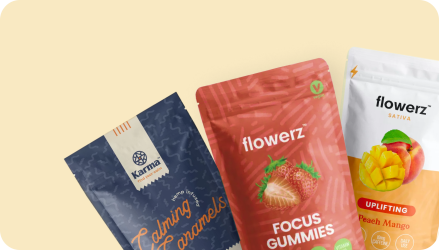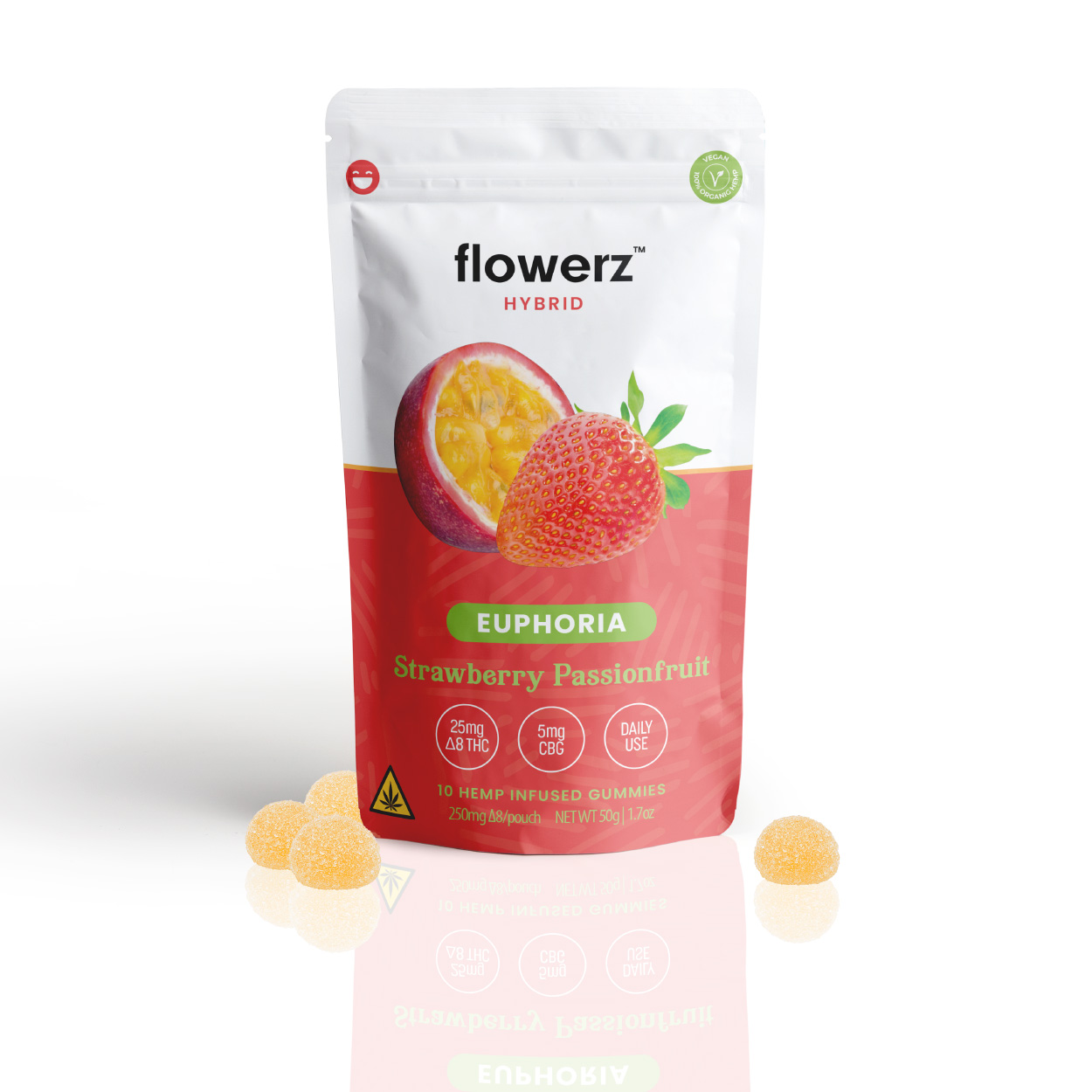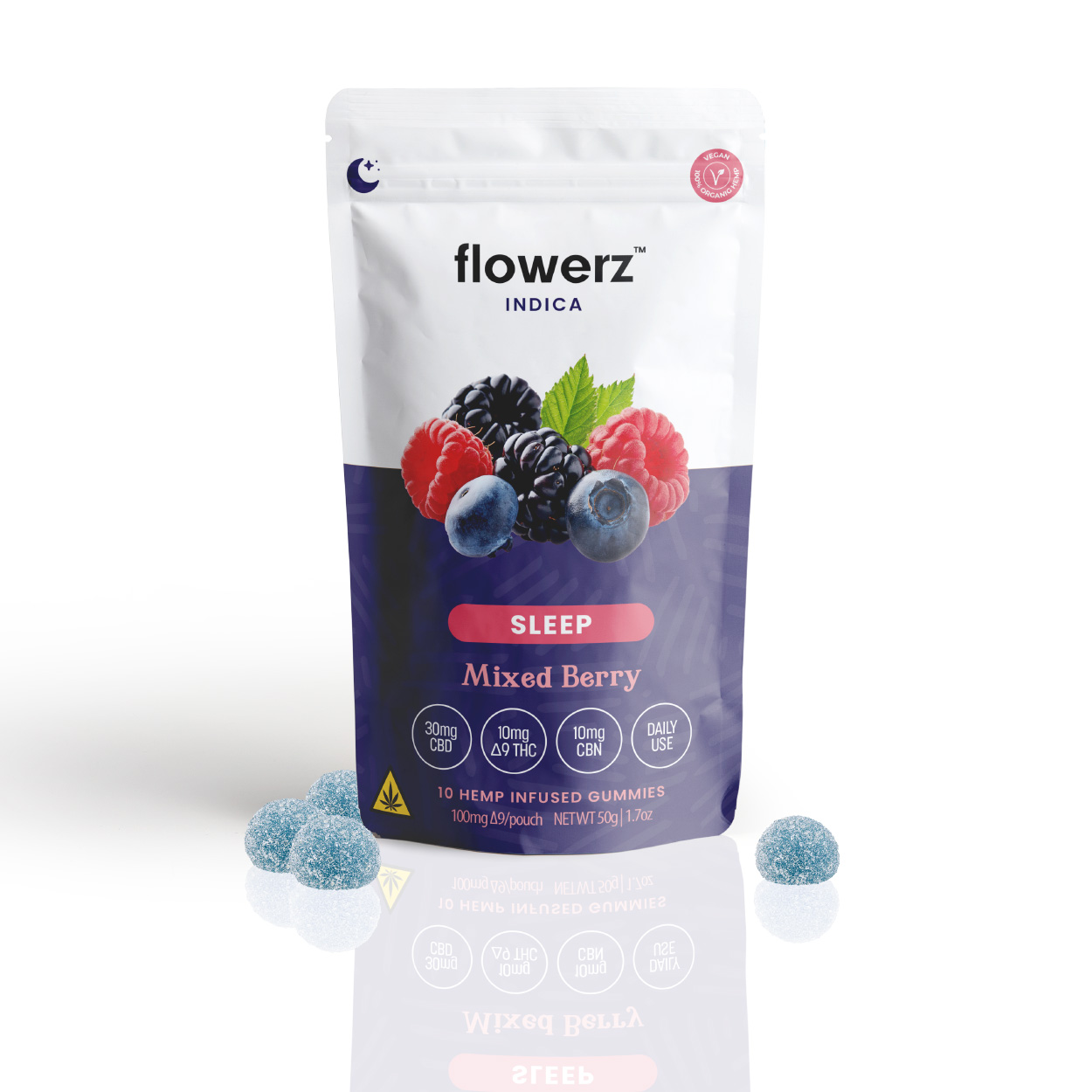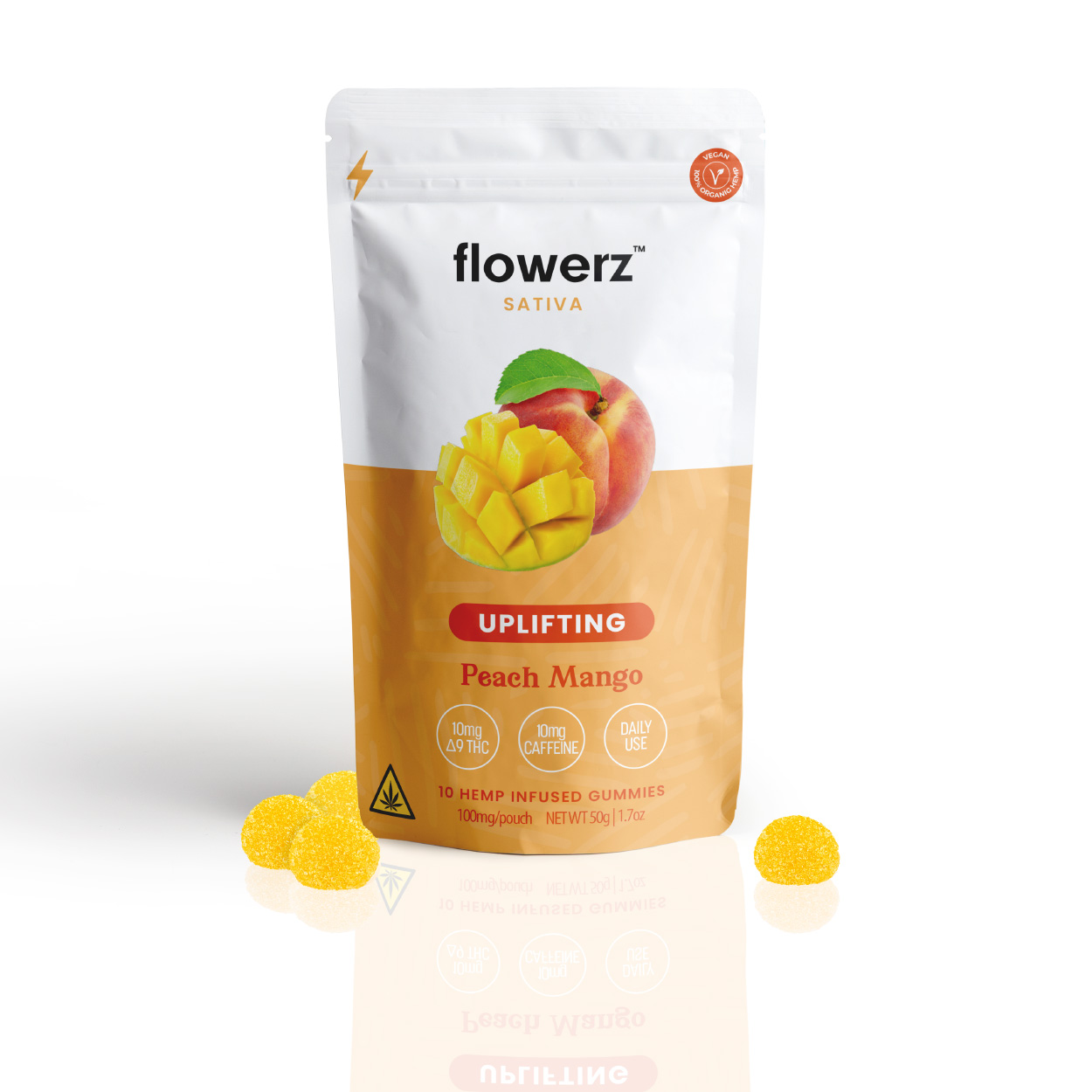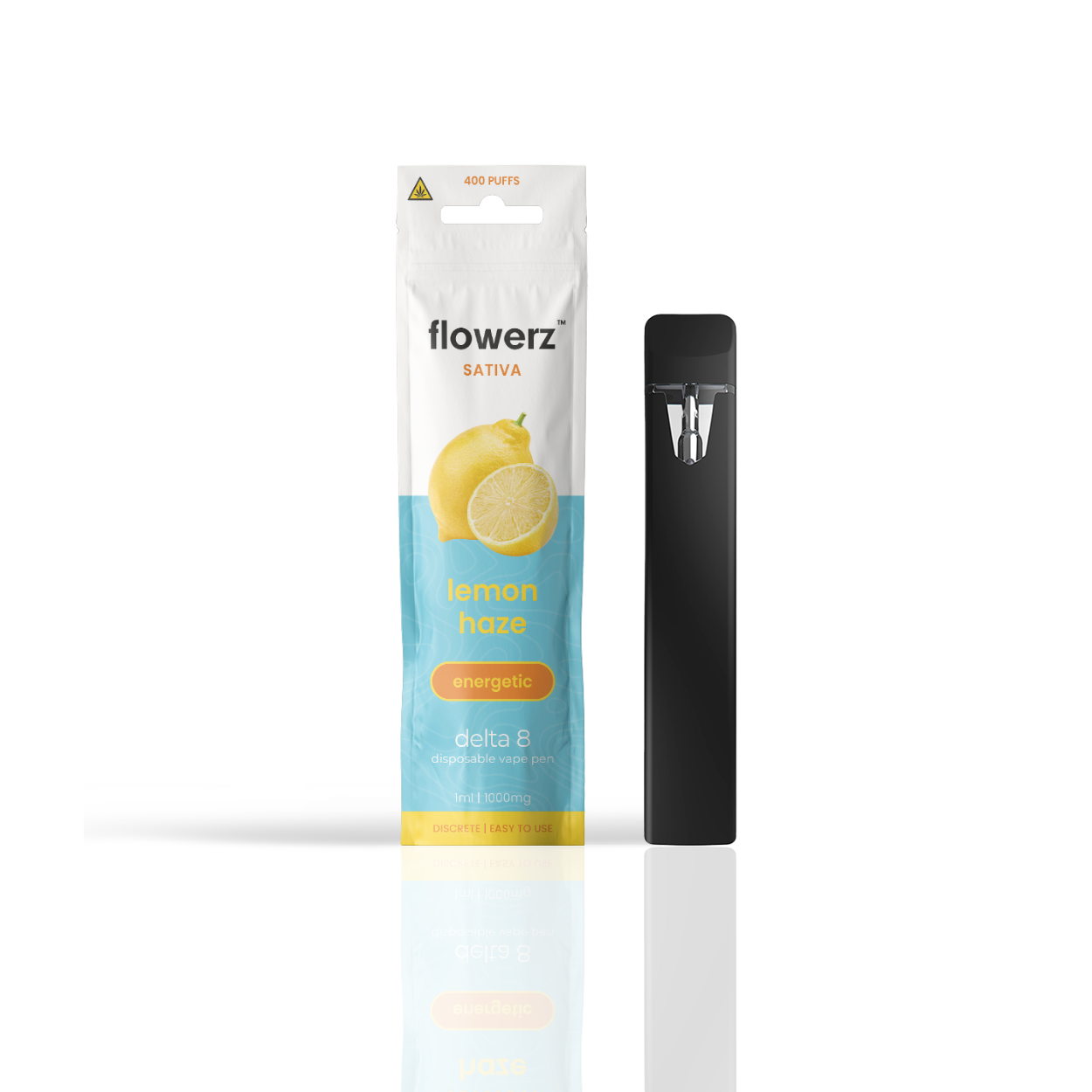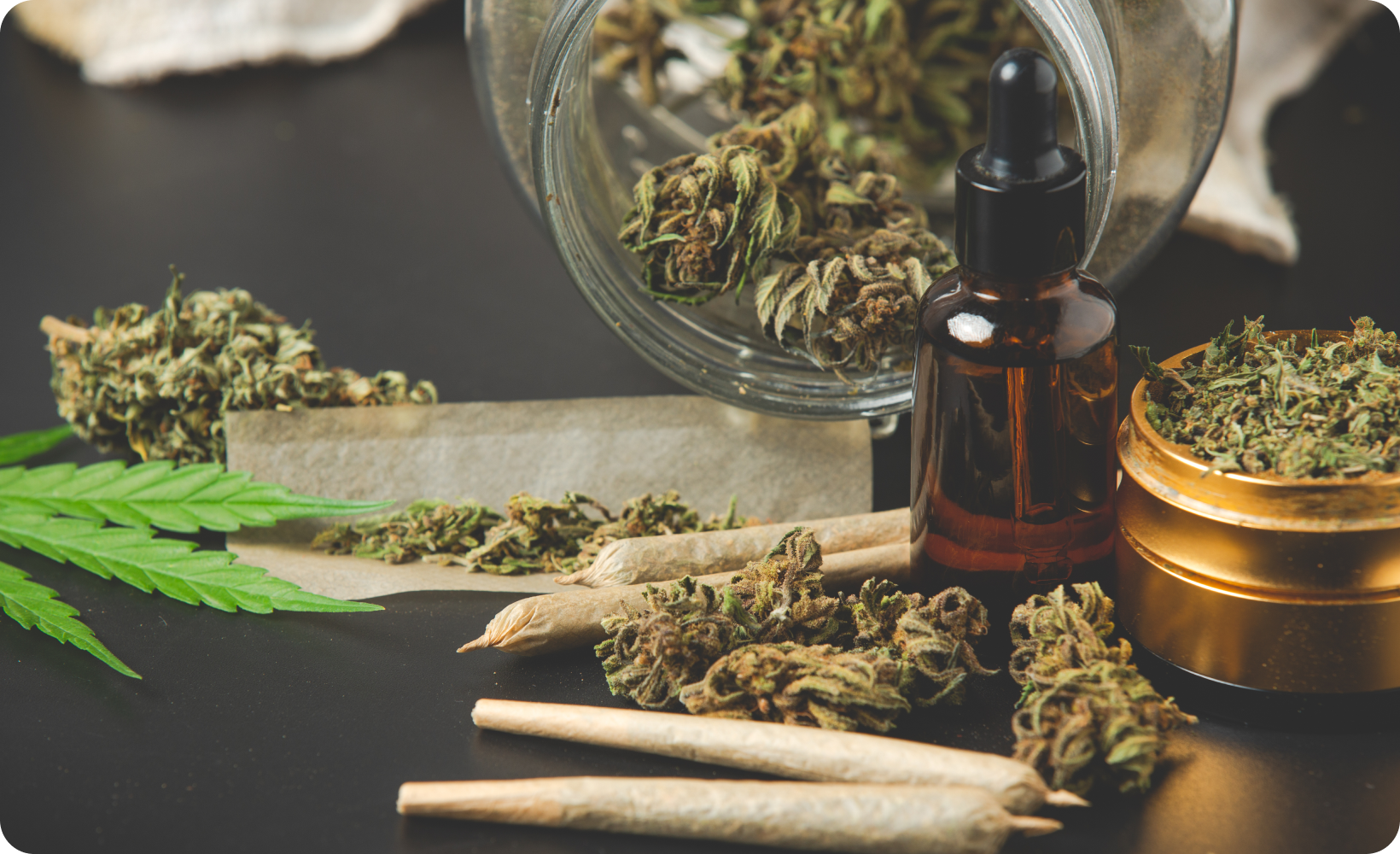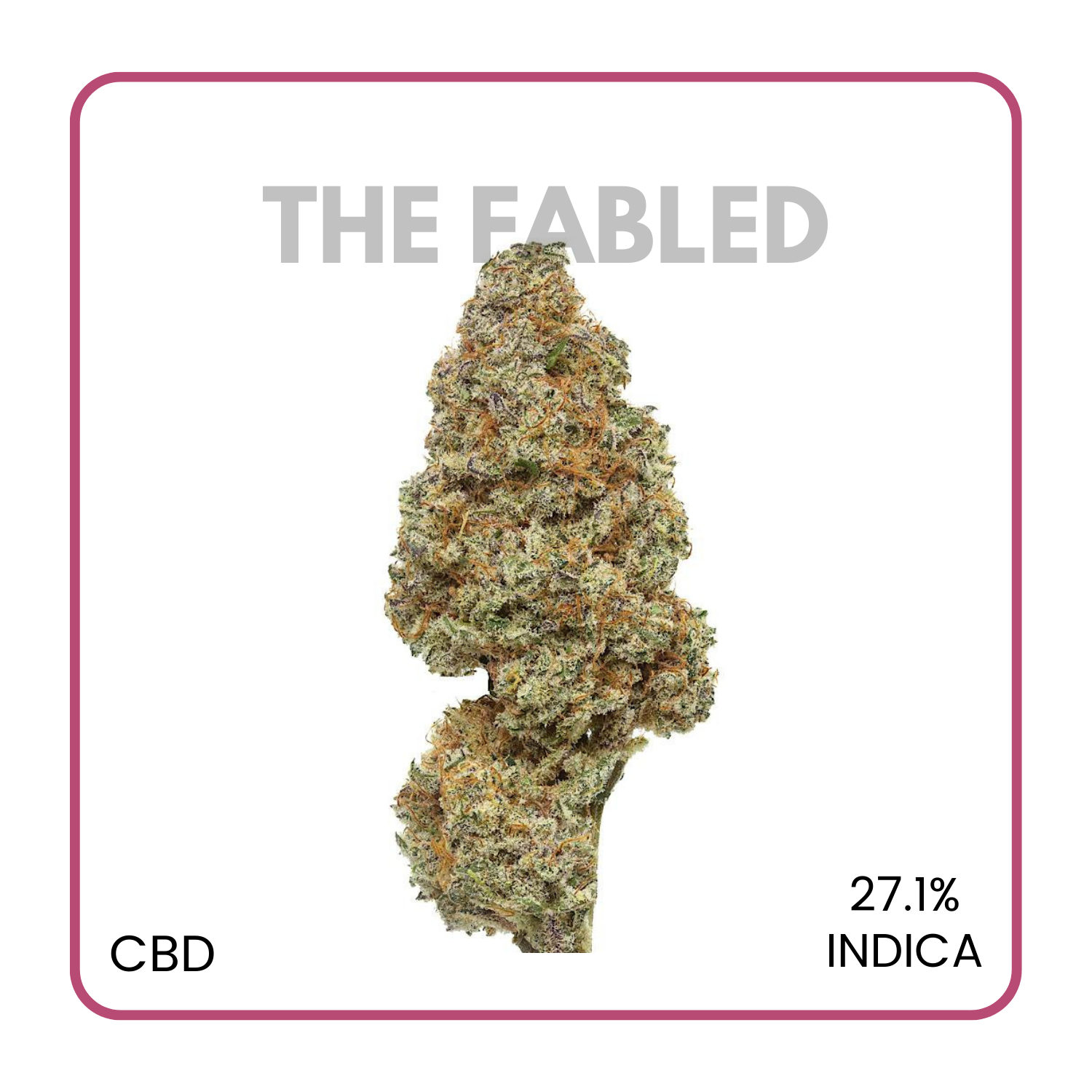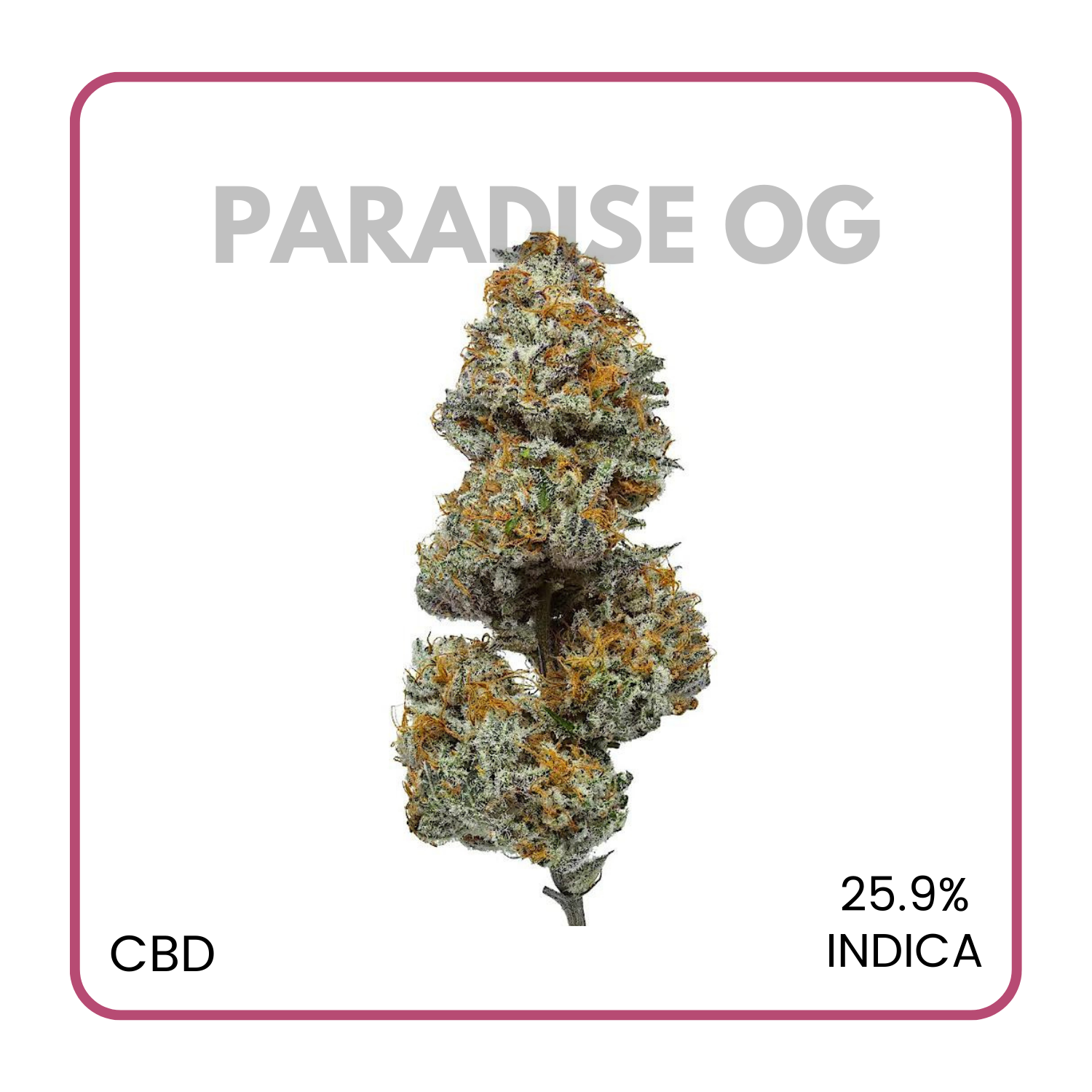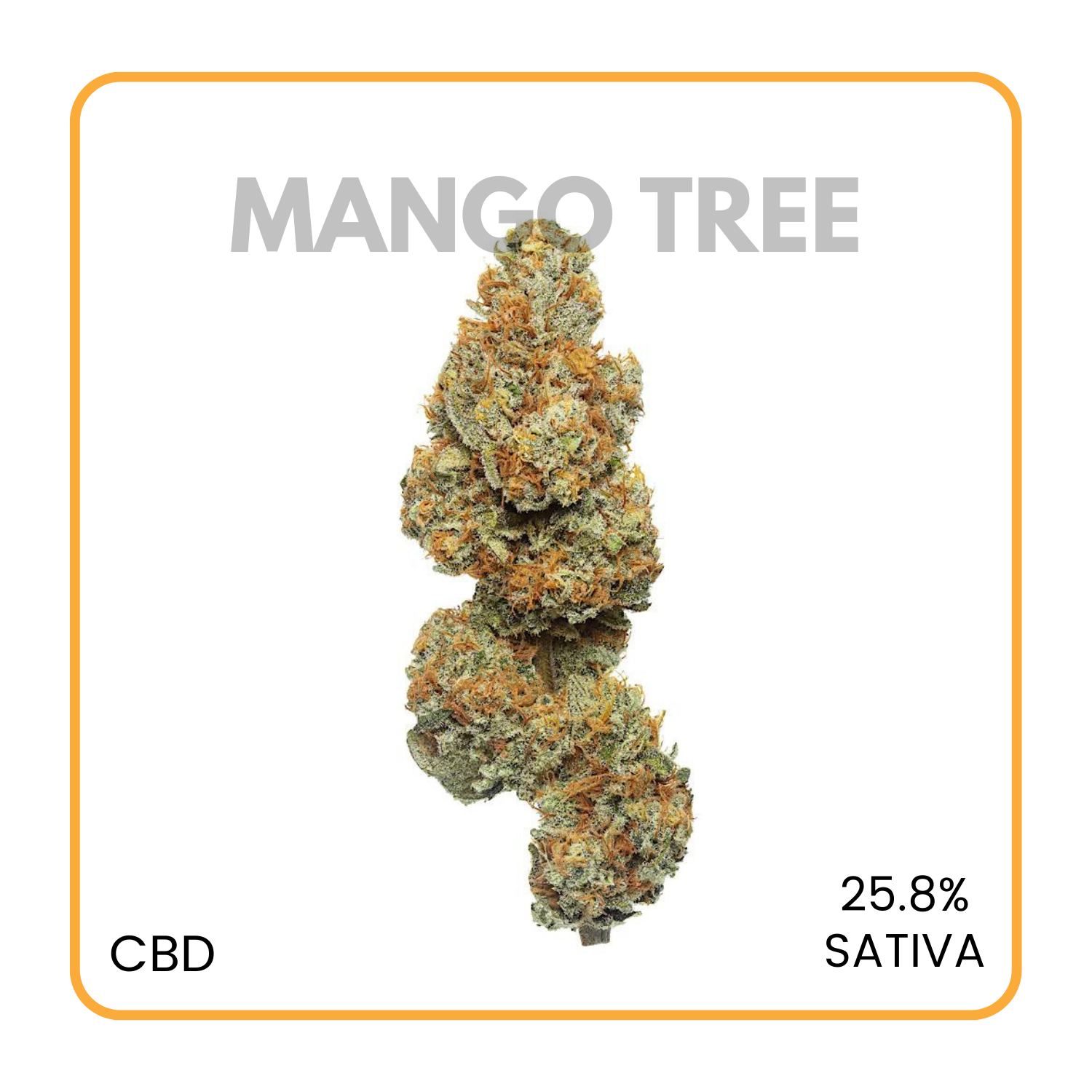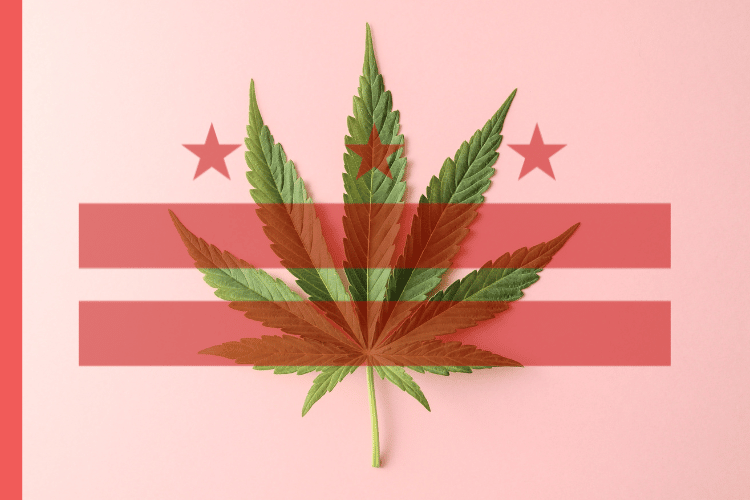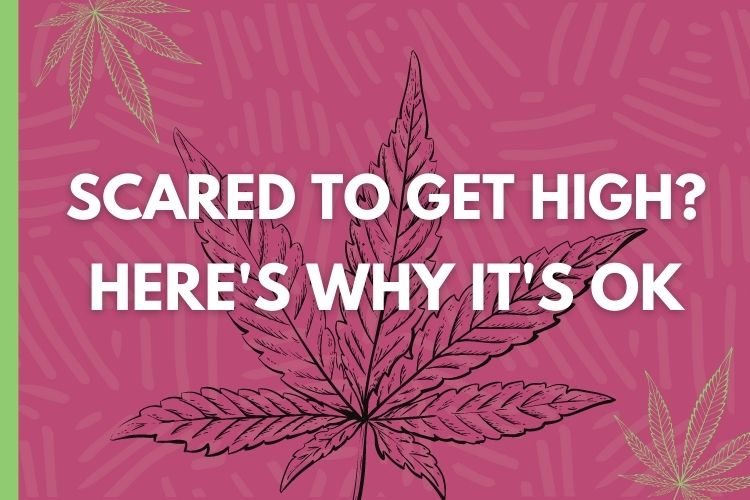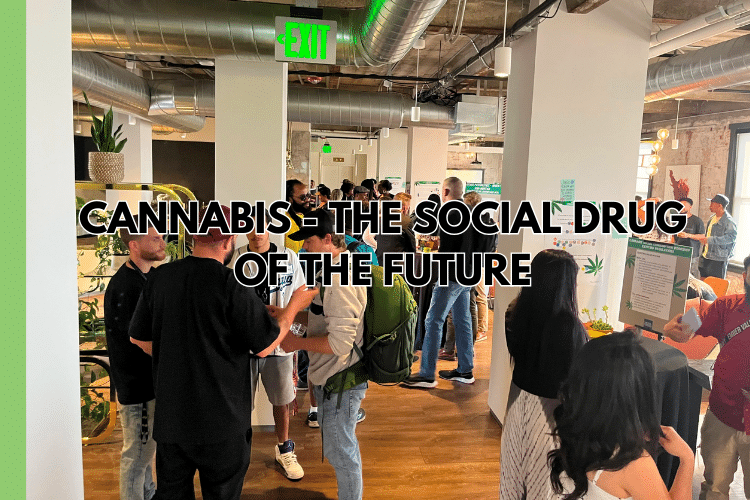By Jason Tillotson, Copywriter
It’s all so confusing, right? CBD, THC, CBG, what does it all mean?! We don’t blame you for not knowing, and we definitely admire your curiosity. Read on, you curious cannabis connoisseur!
Well, yes and no. If you haven’t noticed already, all Flowerz products contain equal to or less than 0.3% THC. All our products are clearly labeled with a compliance statement that ensures the consumer we are 100% in line with the 2018 Farm Bill. This allows all CBD flower to legally contain up to 0.3% of delta-9 THC. So yes, most cannabis hemp does have at least small amounts of THC in it but, no, small amounts won’t get you high. In the grand scheme of things, 0.3% is such a minuscule percentage, that you’d have to smoke a chimney’s worth to get the slightest “high”.
What’s the difference between hemp and marijuana? By legal definition in the U.S., it really boils down to THC content. The distinction is whether the cannabis crop has more or less than 0.3% delta-9 THC by dry weight. In most of Europe, the limit is even lower at 0.2%. But where did these legal limits even come from?
What Does THC Percentage Mean?
We’ve heard the allowable 0.3% THC figure, but what exactly does this mean?
“Total THC” in the cannabis plant refers to the amount of both THCA (raw THC in the acid form “A”, which converts into THC (∆9 when heated) and THC present. So when we’re talking about total THC content, we’re including both THCA and THC when calculating the percentage.
To further clarify the definition, “by dry weight,” simply means that the percentage of THC present is calculated in relation to the total plant weight when harvested and dried.
So what does THC do to the CBD then?
It depends on the percentage present and how much CBD the product contains as well. (Check out an article we wrote a while back on how CBD generally affects the body). Obviously, the higher the THC percentage over 0.3%, the “higher” you’ll feel. But CBD sort of steps in and balances out the THC effects. Meaning the higher the CBD content, the more mild the THC effects will be.
I’m still a little confused…
We don’t blame you, cannabis is complicated, especially with all the new information that we’re seeing. Think of it this way, Both THC and CBD interact with your body’s endocannabinoid system, but they have very different effects. Like other bodily systems, the endocannabinoid system has receptors that act as ports or receivers to, well, receive cannabis compounds. When seeing those receptors, THC runs up like a friend who hasn’t seen you since pre-COVID and gives you a big warm hug! CBD, on the other hand, is like a person you’re just meeting for the first time, they shake your hand for a bit and hang out a little while, then head on their merry way.
Which one should I use? THC or CBD?
It really depends on what your expectations are. THC isn’t just for casual stoners who want a relaxed day on the couch. THC has some really powerful medical benefits as well, like alleviating glaucoma, insomnia, nausea, anxiety, and many other issues.
And on the other side of all that, CBD isn’t just “diet weed” or whatever your friends have been telling you. CBD has been shown to treat an array of ailments such as seizures, inflammation, psychosis, depression, anxiety, and other mental disorders.
There’s a fair amount of research one should do before trying either THC or CBD on a regular basis. Now, if there’s a joint being passed around, definitely smoke now and ask questions later, but if you’re considering integrating THC and CBD into your daily life, do some research first.
For products that won’t get you high, but provide you with a nice anxiety release visit here!
Post Views: 467
Fast, free shipping on orders over $100+
